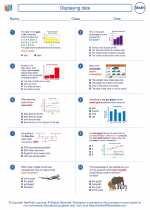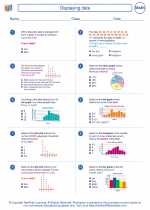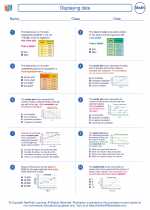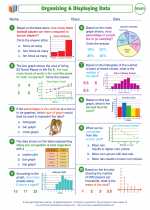Equivalent
In mathematics, the term "equivalent" refers to two or more expressions, equations, or values that have the same meaning, or represent the same quantity. When two or more mathematical expressions are equivalent, they are essentially equal to each other and can be interchanged without changing the meaning or value they represent.
Equivalent Expressions
Two algebraic expressions are equivalent if they have the same value for all the variables in the expressions. This means that the expressions may look different, but they represent the same quantity. For example, the expressions 2x + 3 and x + x + 3 are equivalent because they both represent the same quantity for any value of x.
Equivalent Equations
Equations are considered equivalent if they have the same solution. That is, when you solve each equation, you get the same value for the variable(s) in the equation. For instance, the equations 2x = 10 and x = 5 are equivalent because they both have the same solution, x = 5.
Equivalent Fractions
Fractions are equivalent if they represent the same portion of a whole. For example, 1/2 and 2/4 are equivalent fractions because they both represent half of a whole. To determine if two fractions are equivalent, you can simplify or reduce them to their simplest form and check if they are equal.
Study Guide
Here are some key points to remember when working with equivalent expressions, equations, and fractions:
- Expressions are equivalent if they have the same value for all the variables in the expressions.
- Equations are equivalent if they have the same solution when solved.
- Fractions are equivalent if they represent the same portion of a whole, and can be determined by simplifying or reducing them to their simplest form.
- When working with equivalent expressions, equations, or fractions, you can use properties and operations such as distribution, combining like terms, and simplifying to show their equivalence.
Understanding the concept of equivalence in mathematics is crucial for solving problems involving simplification, solving equations, and comparing quantities. Practice identifying equivalent expressions, equations, and fractions to strengthen your understanding of this fundamental concept.
.◂Math Worksheets and Study Guides Eighth Grade. Displaying data

 Worksheet/Answer key
Worksheet/Answer key
 Worksheet/Answer key
Worksheet/Answer key
 Worksheet/Answer key
Worksheet/Answer key
 Worksheet/Answer key
Worksheet/Answer key
